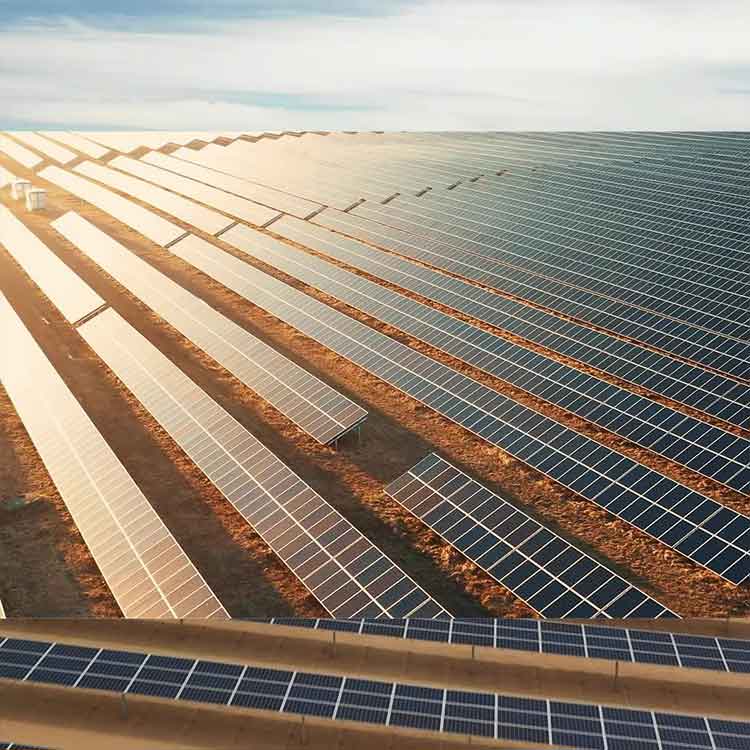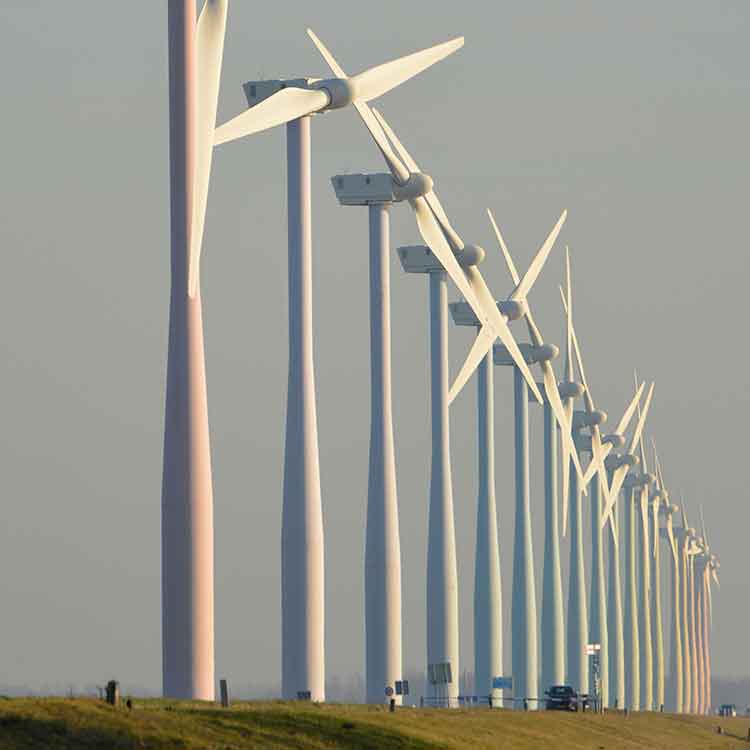A medida que el mundo avanza hacia fuentes de energía renovables como la solar y la eólica, también aumenta la demanda de instalaciones de cableado eléctrico fiables y duraderas. Un componente fundamental de estas instalaciones es el conducto de PVC, que se utiliza para proteger y enrutar el cableado eléctrico en diversas aplicaciones. El conducto de PVC ofrece varias ventajas sobre otros materiales, lo que lo convierte en una opción ideal para proyectos de energía renovable.
Una de las principales ventajas del conducto de PVC es su durabilidad. El PVC es un material resistente y flexible que soporta temperaturas extremas, humedad y radiación UV. Esto lo convierte en la opción ideal para instalaciones exteriores, ya que protege el cableado eléctrico de las inclemencias del tiempo y garantiza un rendimiento fiable a largo plazo.
La resistencia a los rayos UV es otra propiedad importante del conducto de PVC, lo que lo convierte en una opción ideal para instalaciones exteriores. La radiación UV emitida por el sol puede degradar y quebrar algunos materiales con el tiempo, lo que puede comprometer su rendimiento y fiabilidad. Sin embargo, el PVC es naturalmente resistente a la radiación UV, lo que significa que puede soportar una exposición prolongada a la luz solar sin degradarse ni perder sus propiedades.
Para garantizar que los conductos de PVC cumplan con los estándares necesarios de resistencia a los rayos UV, los fabricantes pueden realizar diversas pruebas en sus productos. Una prueba común es la ASTM D2565-99, que mide la capacidad de un material para resistir la degradación por rayos UV con el tiempo. En esta prueba, las muestras de conductos de PVC se exponen a la radiación UV durante un tiempo específico y luego se evalúan los cambios en sus propiedades físicas, como la resistencia a la tracción y la flexibilidad.
Otra prueba comúnmente utilizada para evaluar la resistencia a los rayos UV de los conductos de PVC es la prueba ASTM G154, que simula los efectos de la intemperie en los materiales. En esta prueba, las muestras de conductos de PVC se exponen a una combinación de radiación UV y humedad, lo que puede acelerar la degradación de algunos materiales. Los conductos de PVC que superan esta prueba se consideran de excelente resistencia a la radiación UV y a otros factores ambientales.
Además de su durabilidad y resistencia a los rayos UV, el conducto de PVC es ligero y fácil de instalar. Se puede cortar a la medida y doblar según sea necesario para sortear obstáculos o seguir los contornos de un edificio, lo que lo convierte en una opción versátil para instalaciones complejas. El conducto de PVC también está disponible en una variedad de tamaños y colores, lo que permite a contratistas e instaladores elegir el producto adecuado para su aplicación específica.
A medida que crece la demanda de proyectos de energía renovable, también aumenta el uso de conductos de PVC. Por ejemplo, en instalaciones de energía solar, se utilizan conductos de PVC para proteger el cableado que conecta los paneles solares al inversor, el cual convierte la corriente continua (CC) generada por los paneles en corriente alterna (CA) que puede utilizarse en hogares y negocios. Los conductos de PVC también se utilizan para proteger el cableado en instalaciones de aerogeneradores, donde resisten las duras condiciones de entornos a gran altitud.
Además de su uso en instalaciones de energía renovable, el conducto de PVC también es útil en diversas aplicaciones, como instalaciones eléctricas comerciales e industriales. El conducto de PVC puede utilizarse para proteger el cableado en instalaciones subterráneas, donde resiste la corrosión y otros factores ambientales que pueden dañar otros tipos de conductos.
Se prevé que la demanda de proyectos de energía renovable siga creciendo en los próximos años. Según un informe de la Agencia Internacional de la Energía, se prevé que las energías renovables representen 901 TP3T de la nueva capacidad energética a nivel mundial para 2025. Es probable que este crecimiento en las instalaciones de energía renovable impulse un aumento en la demanda de conductos de PVC para proteger y enrutar el cableado eléctrico en estos proyectos.
A continuación se muestran algunas fotografías del uso de conductos de PVC en proyectos de energía renovable:

El conducto de PVC se utiliza comúnmente en instalaciones de paneles solares para proteger el cableado que conecta los paneles al inversor. Esta foto muestra un proyecto de instalación de paneles solares con conducto de PVC para enrutar el cableado y protegerlo de la intemperie.

Las turbinas eólicas pueden ubicarse en entornos remotos y de gran altitud, donde las condiciones climáticas extremas y los fuertes vientos pueden suponer una amenaza para el cableado eléctrico. En las instalaciones de turbinas eólicas se utilizan conductos de PVC para proteger el cableado y garantizar un rendimiento fiable a largo plazo. Esta foto muestra una instalación de turbina eólica con conducto de PVC para proteger el cableado que conecta la turbina a la red eléctrica.

En instalaciones eléctricas comerciales e industriales, se suele utilizar conducto de PVC para proteger el cableado en instalaciones subterráneas. Esta foto muestra un edificio comercial con conducto de PVC subterráneo para proteger el cableado que alimenta los sistemas de iluminación y electricidad del edificio.
En general, el uso de conductos de PVC en instalaciones de energías renovables es un componente fundamental de estos proyectos. Los conductos de PVC ofrecen durabilidad, flexibilidad y facilidad de instalación, lo que los convierte en la opción ideal para instalaciones de cableado eléctrico complejas. Su resistencia natural a los rayos UV, junto con su capacidad para soportar temperaturas y humedad extremas, los convierte en una solución fiable para la protección del cableado eléctrico en instalaciones exteriores. A medida que crece la demanda de energías renovables, es probable que el uso de conductos de PVC adquiera una mayor importancia para garantizar el rendimiento fiable de estas instalaciones.



